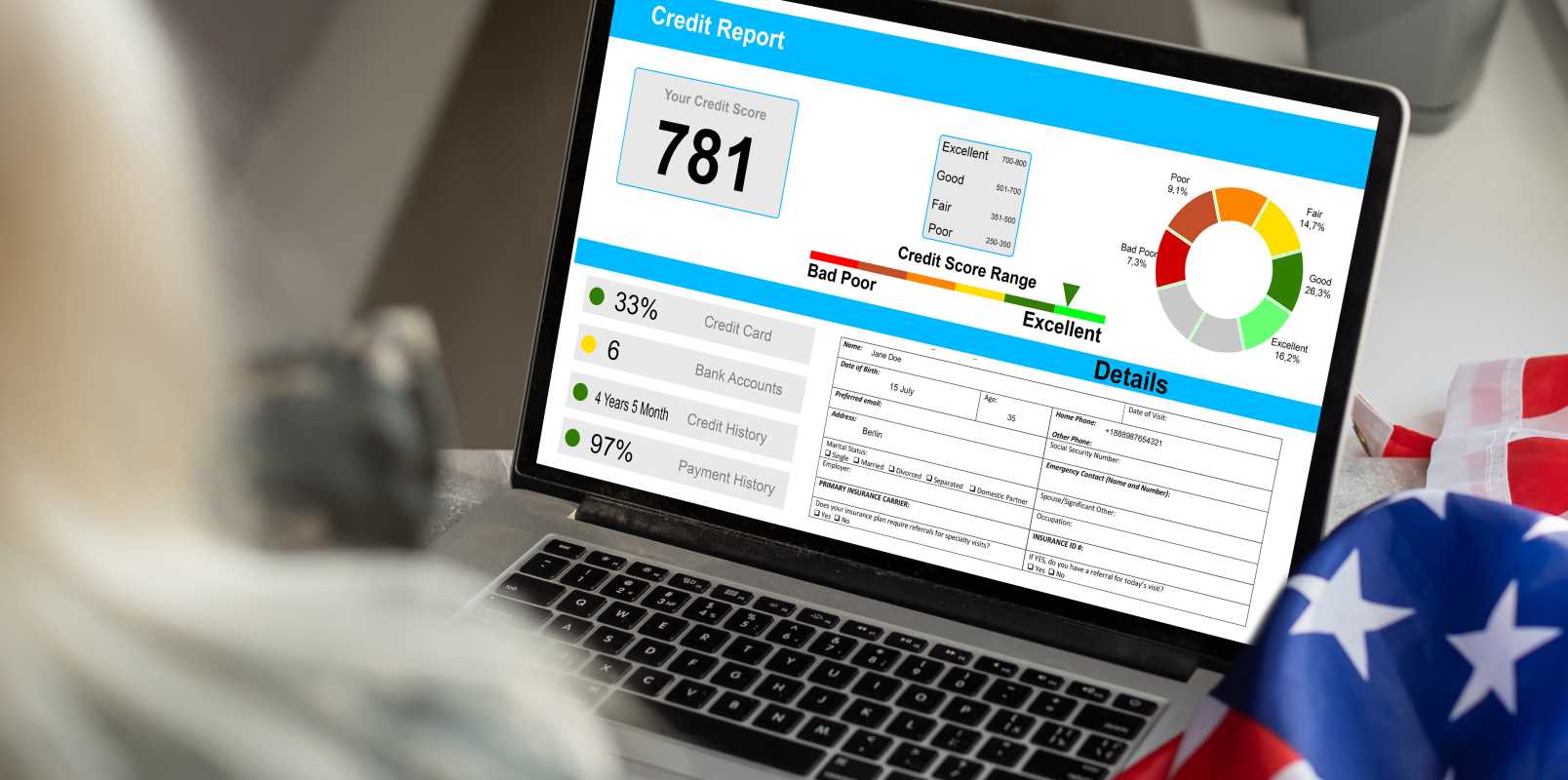Managing debt can be a daunting task, but with the right strategies, you can work towards financial freedom and improve your overall financial well-being. Below are practical steps to help you take control of your debt and create a sustainable path to financial stability.
1. Assess Your Debt Situation
Before formulating a plan, it is crucial to understand the full scope of your debt. Start by:
- Compiling a List of Debts:
- Include balances, interest rates, and minimum monthly payments for each debt.
- Example: If you have a credit card balance of $5,000 at a 20% interest rate and a car loan of $10,000 at a 5% interest rate, this information will guide your repayment priorities.
- Analyzing Your Debt-to-Income Ratio:
- Calculate how much of your income goes toward debt payments. A high ratio indicates the need for immediate action.
Pro Tip:
Use online tools or apps to track and organize your debts for better visibility.
2. Create a Realistic Budget
A well-planned budget is the foundation of effective debt management. To build one:
- Calculate Monthly Income:
- Include all sources, such as salaries, freelance work, or rental income.
- Identify Necessary Expenses:
- Prioritize essentials like housing, utilities, groceries, and transportation.
- Allocate Funds for Debt Payments:
- Dedicate a portion of your income to debt repayment while reserving some for unexpected expenses.
Example:
If your monthly income is $4,000, allocate $1,500 for essential expenses, $500 for savings, and $1,000 for debt repayment.
3. Explore Debt Repayment Options
Two widely used methods for tackling debt are:
- The Snowball Method:
- Pay off debts from smallest to largest. This builds momentum and motivation as you clear smaller debts quickly.
- Example: If you have debts of $500, $2,000, and $10,000, focus on the $500 first.
- The Avalanche Method:
- Prioritize debts with the highest interest rates to save money in the long run.
- Example: Pay off a credit card with a 20% interest rate before a car loan with a 5% rate.
4. Negotiate with Creditors
If you are struggling to meet your obligations, consider reaching out to your creditors. They may:
- Offer a Repayment Plan:
- Extend your payment deadlines or reduce monthly payments.
- Provide a Reduced Settlement:
- Negotiate to pay a lump sum that is less than the full balance owed.
Tip:
Be honest about your financial situation and proactive in seeking solutions.
5. Seek Professional Help if Needed
For overwhelming debt, professional assistance can provide valuable guidance. Options include:
- Credit Counseling Agencies:
- Offer budget counseling and help you develop a debt management plan.
- Financial Advisors:
- Provide tailored strategies for paying off debt and improving financial habits.
6. Monitor Your Progress
Regularly tracking your progress is essential for staying motivated and on track. To do this:
- Review Balances and Payments:
- Check your balances monthly to ensure they are decreasing.
- Celebrate Milestones:
- Acknowledge small victories, such as paying off a credit card, to maintain motivation.
Tools:
Use spreadsheets or financial apps to visualize your progress and adjust your strategy as needed.
Managing debt is a journey that requires patience, discipline, and a proactive approach. By assessing your debt situation, creating a realistic budget, exploring repayment options, negotiating with creditors, seeking professional help when necessary, and monitoring your progress, you can regain control of your finances. Remember, every small step brings you closer to financial freedom—stay committed and focused on your goals.







